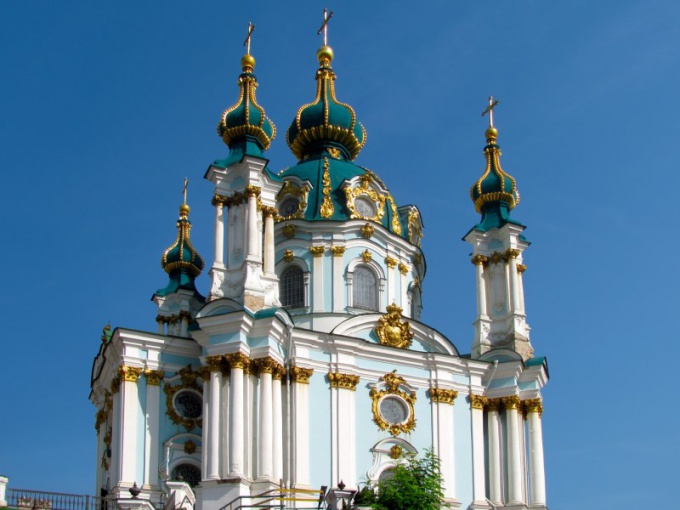The first mention of religious processions found in the old Testament. Among them – the journey of the Israelites from Egypt to the promised land, the procession around the ark of God treatment around the walls of Jericho, the transfer of the ark of God, David and Solomon.
Religious processions are regular (or calendar) and emergency. Regular marches are performed on certain days. They are held several times a year in honor of the relics and the great Church events, for example, the Velikoretsky procession of the cross, which annually takes place in early June, etc.
Calendar of the procession is also held on the day of Epiphany, Easter, the feast of the second Saviour for the water blessing. During the procession sounds and the ringing of bells called the bells. The clergy are necessarily clothed in the liturgical vestments.
Extraordinary procession going in a disastrous occasions, such as during war, famine, epidemics, natural disasters. Such processions are accompanied by fervent prayers for salvation.
The procession can last a few minutes or several days and even weeks or months. In this case, people are stocking up on food to eat during stops and take with them bedding for the night, a raincoat, sturdy shoes, and necessary medications you may need in transit.
The procession can take place both on land and in the air. The priests take on Board all the necessary attributes and reading prayers, while flying a city sprinkled with Holy water. In addition, there are marine processions, when the clergy perform the prayer services or memorial services aboard ship or any other vessel.
To take part in this procession is a means to receive spiritual cleansing and to remind others about the power of the Orthodox faith, as the procession symbolizes Christ carrying his cross and following the word of the Savior.
